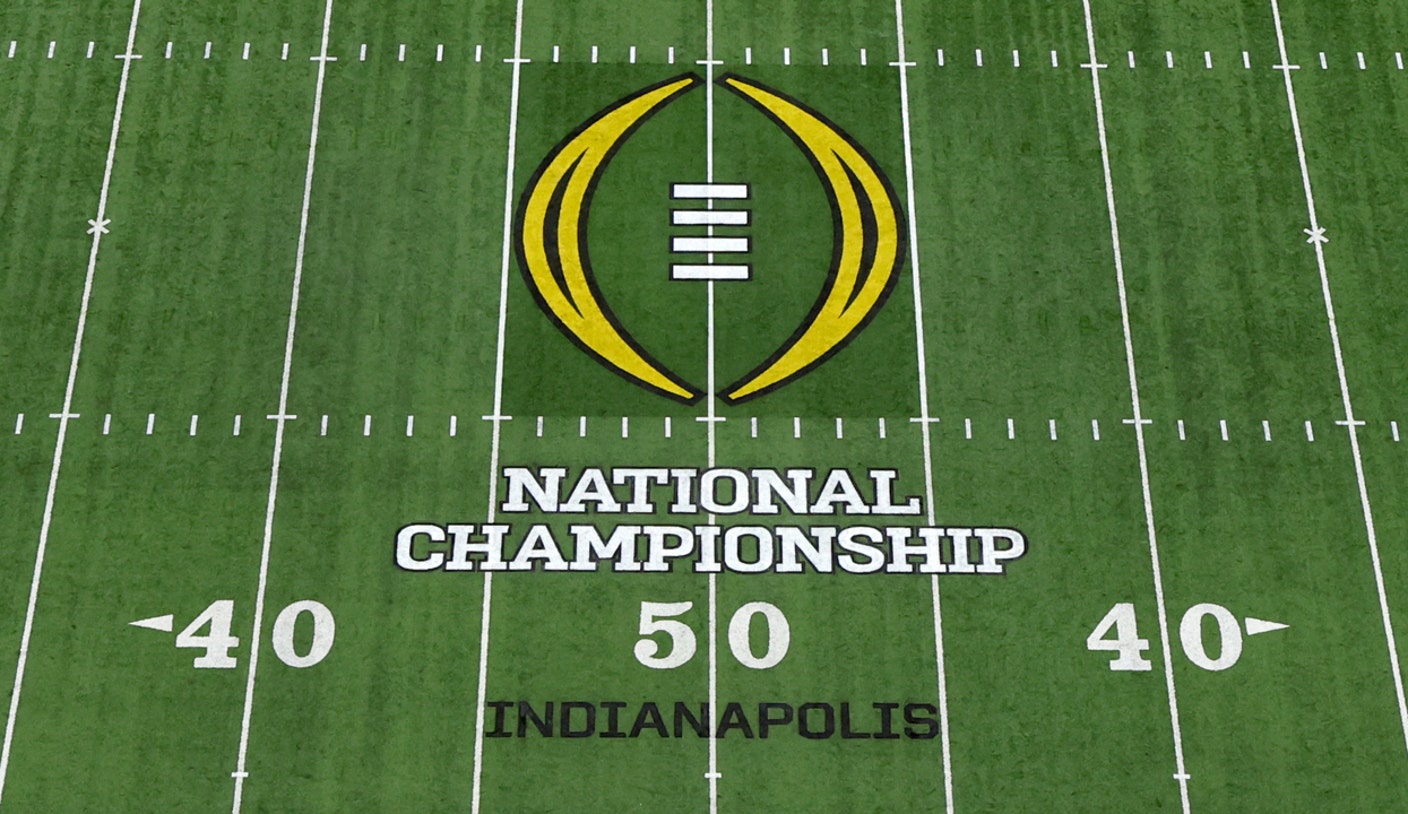
In the gambling industry, where every light, sound and texture is a deliberate choice, there is a meticulous craft – often unseen but profoundly influential. This craft shapes decisions, enhances experiences, and attempts to foster a deep connection between the casino and its guests. It’s about creating a personally tailored and effortlessly enjoyable journey. From the strategic placement of games to the thoughtful design of loyalty programs, every detail is a calculated step in a dance designed to delight and engage.
This is the world of behavioural economics applied with precision, where every nudge is a step toward mutual benefit and enhanced enjoyment. Gambling is neither novel nor unique, but it’s undeniably fun for many people. Still, it’s a commodity experience and our industry has been thinking about how we address this reality for a very long time – how to make our customers affiliate themselves with us rather than our competitors, despite the significant overlap in games and amenities.
Invite, react, reward, invest
We invite through advertising, emails, texts and phone calls. We reduce every point of friction we can to increase the likelihood that people will take us up on our invitation. Too far? Neighbourhood casinos. Too busy? We provide consolidation and efficiency with priority parking, coffee shops, bars, places to eat, movies for the family and childcare.
All these things can be accessed through wide, inviting entrances, multiple, well-lit, secure entrances and easily navigated through ubiquitous, well-designed signage. We reinforce your good decision-making by rewarding your choice to visit our house with well-timed promotions and offers – even more so if you join our loyalty program and put our branded players’ cards in your pocket, creating a sense of personal ownership. We extend these fundamentals to create differentiated experiences within the commodity framework.
This is our industry’s tradition of hospitality, which values the guests as much as their time and money
A culture of service, gifts and favours
Our industry, on the whole, is fantastic at hiring and training front-line talent. The idea of rewarding customers based on reinvestment in theoretical wins makes sense to the rational mind. It’s how modern business works. Sandwich shops give me punch cards for free sandwiches. Coffee shops give me stars for more coffee. Credit cards offer points, miles and cash back. Basic. Some operators, though, put some of that reinvestment in the hands of their employees. Of course, you get control of your points and comps, but sometimes when you ask, an employee you know by name can spontaneously delight you with a “freebie,” like a comp to dinner.
We empower our employees to do this by giving them a hidden balance associated with the customer and driven by a reinvestment algorithm to ensure that customers remain profitable for the most part. It’s all part of a systematic process by which we create positive, intermittent feelings of good will and reciprocity with our customers. All parties understand who wins and loses over time, but there is a clear awareness of a fair value exchange.
Reducing the friction of decision through architectural design
There is a real burden associated with the freedom to choose. You go into your massive walk-in closet, filled with dozens of great options and now you must choose. It’s late; you and your partner are hungry, nobody wants to cook and there are dozens of possible options for third-party food solutions. Now, you have to do the dance of negotiation. You are fed and want to relax, so you turn on your cable-connected smart TV and are stared down by hundreds of choices because it’s not 1970 anymore. You give up and watch TikTok on your phone because it serves up what you want without asking.
Mental friction is as real as transactional friction
Richard Thaler and Cass Sunstein wrote a great book on behavioural economics called “Nudge.” In it, they discuss ways to help people overcome the friction created by the freedom to choose by “nudging” them toward certain decisions while still preserving their freedom of choice. Many operators put tremendous thought into how their architecture and floor plans reduce physical and mental friction for their guests. Many amenities exist, but we locate and group them to serve the types of people who walk through them.
Our industry, on the whole, is fantastic at hiring and training front-line talent. The idea of rewarding customers based on reinvestment in theoretical wins makes sense to the rational mind
People who enter the casino from the movie theatre entrance, the hotel entrance and the entrance from the VIP parking garage level, exclusive to the highest tier of the gaming loyalty program, typically have very different transactional use cases for the property. What each group needs to see hierarchically as they come in is essential to reducing the physical and mental barriers to meeting their needs. This is accomplished through thoughtful design that understands these groups.
As we evolve the art and science of our industry, we embrace the insights of behavioural economics not as tools of manipulation, but as instruments of service and satisfaction. We place every light, sign, sound and experience to serve customer needs with intent. To build long-term relationships with our guests, it serves us to be committed to crafting experiences that are not only memorable but mutually beneficial.
Our mission is to ensure that when you choose to spend your time with us, that time is rewarding in every sense of the word. Through thoughtful design, we make visits smoother and every choice both enjoyable and responsible. This is our industry’s tradition of hospitality, which values the guests as much as their time and money.
SCCG Research discusses these ideas in more detail in its April 2024 research brief available this week. The full Primer released on SCCG Research at 7pm PST Thursday, 28 March



